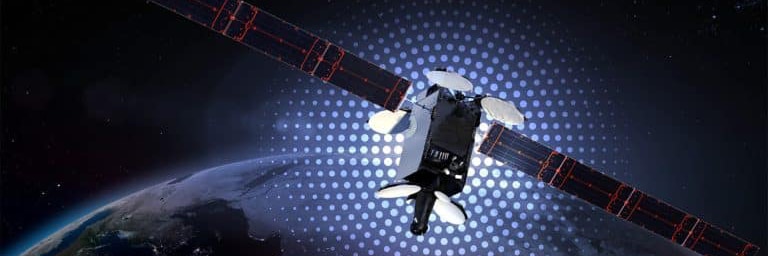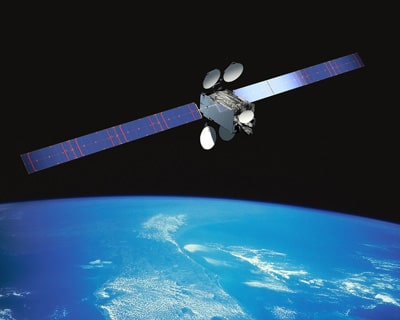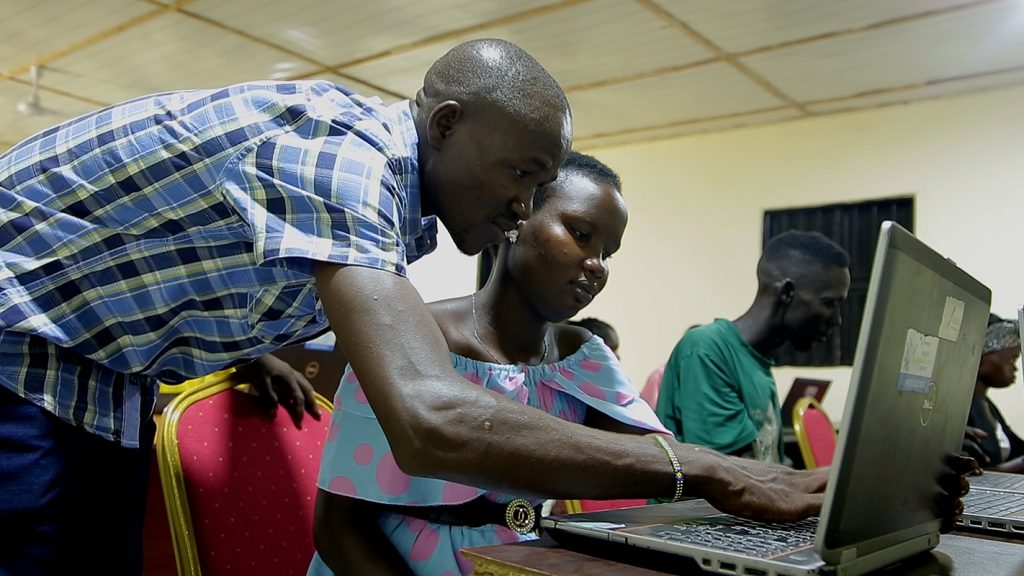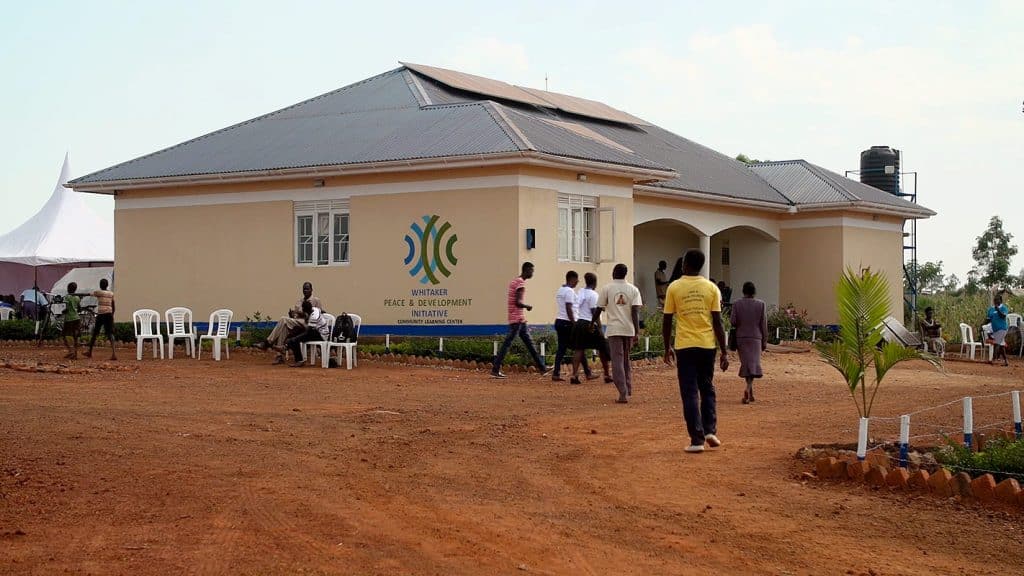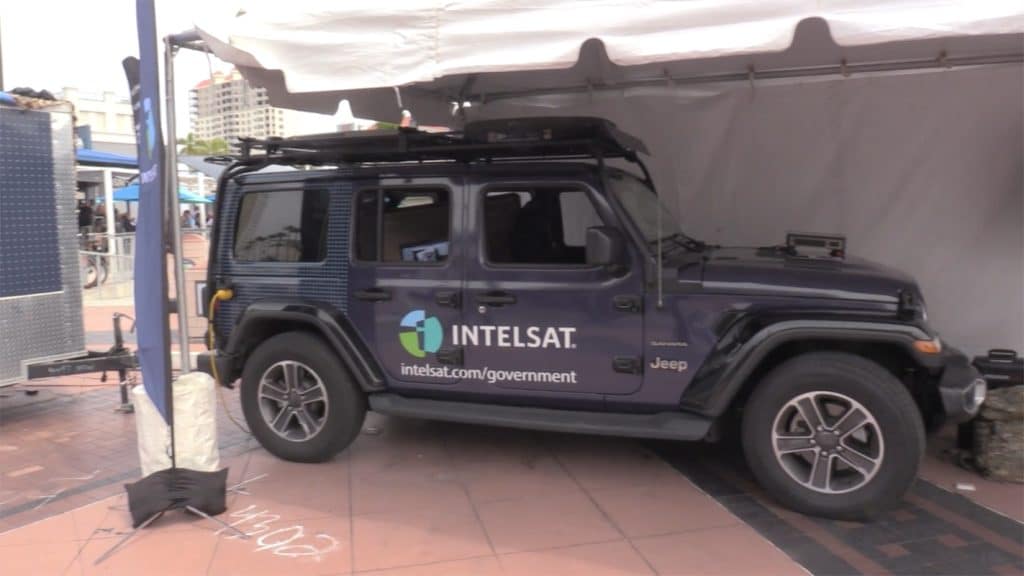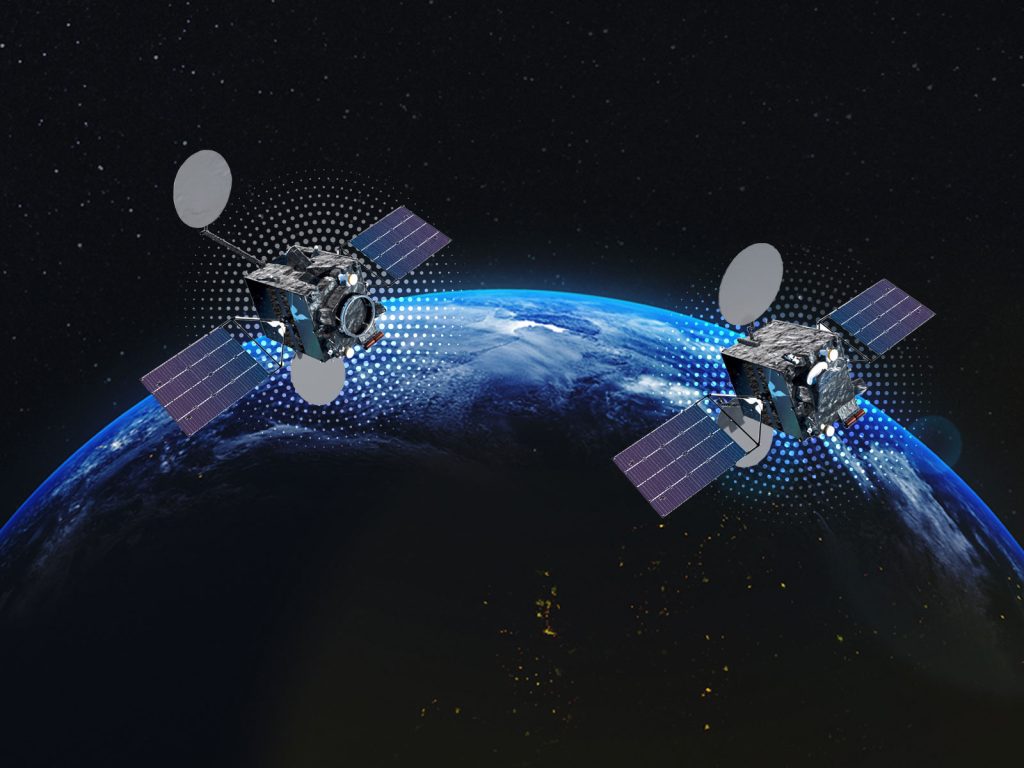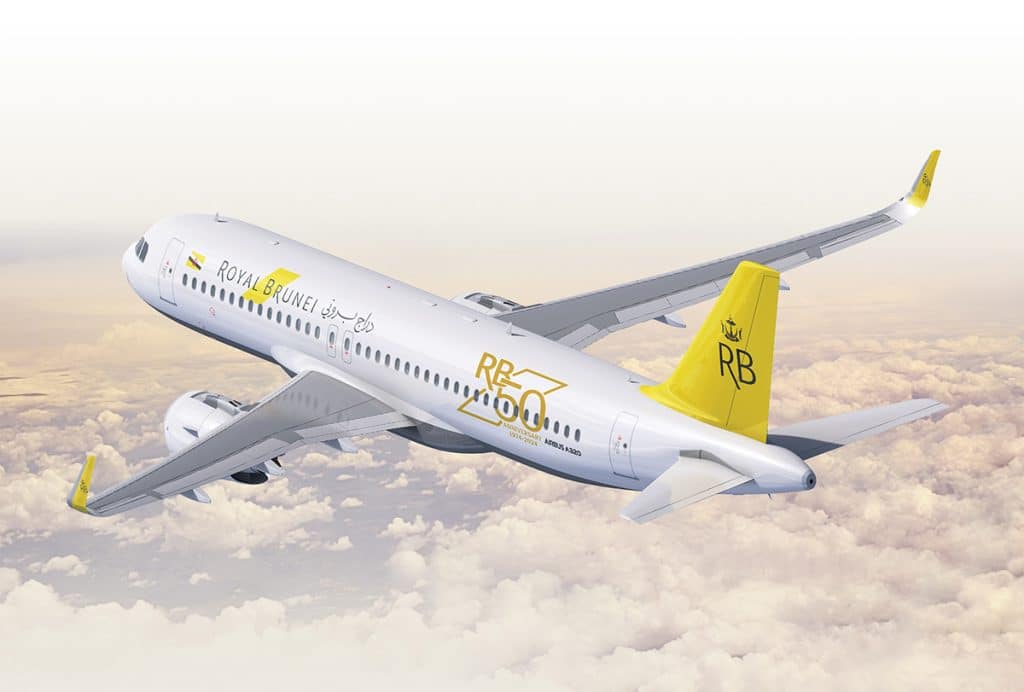Satellite’s Second Act: HTS Takes the Stage
Some of the top articles of 2016 reveal shifts across the satellite sector
In 2016, High Throughput Satellite (HTS) fleets moved from the drawing board to reality, as Inmarsat and Intelsat ramp up services on new platforms that bring unprecedented capabilities to satellite users. It is clear, based upon the early results that the satellite sector has the potential for a second act that dwarfs what it has achieved in the first 50 years within our sector. Satellite operators, hardware manufacturers and users are delivering on a vision that leverages the technical strengths of space-based communications to provide increased performance, improved economics and simpler access. In case you missed them the first time, below are a number of articles issued in 2016 that highlight the progress of satellite solutions.
It is fitting that one of the last news items of the year was the report of the $1B equity raise of OneWeb, a low-Earth orbit HTS project (Intelsat is an investor). The lead investor, Japan’s premier communications provider SoftBank, portends of wide-scale use of satellite broadband to complement traditional terrestrial infrastructure.
We invested in OneWeb because we find great value in complementing the efficient broadcast coverage provided by our GEO fleet. One of the most compelling examples of the technology fit is in the context of connected car and Internet of Things (IoT), two massive opportunities that promise profound changes to the way humans travel and conduct business. Intelsat started the year at the Detroit Automotive Show, accompanying antenna manufacturer Kymeta at Toyota’s big reveal on its connected car plan.
Publications covering the wireless sector recognize the potential of satellite in a world of connected machines. As the year progressed, Intelsat took a leadership role in talking about the cyber implications of the new connected machine environment.
One of the most visible changes to the communications landscape that is closely linked to the introduction of HTS is the growing availability of broadband for in-flight aeronautical and cruise line broadband solutions. These applications exemplify the ability of HTS to unlock completely new applications, because HTS is essential to the business model in the following ways:
- the performance and technology can scale to accommodate hundreds of ships and planes traversing a region, yet still provide a compelling experience for the consumer;
- the cost per bit is dramatically lower, allowing an affordable service for consumers with room for profit for the service provider; and
- new form factors, such as new antennas, will simplify access and make it possible to implement HTS on a number of transportation vehicles—from commercial and business jets, to yachts and super cruise liners.
IoT and mobility applications are energizing the sector, providing the impetus for new investments in the ecosystem that lagged for much of the previous decade—such as networking platforms and antennas. Two prominent antenna manufacturers, Kymeta and Phasor, continued to make progress on their developments.
Still, there could be no greater achievement for the sector than to connect the unconnected—a goal that we have been talking about since the middle of the last decade, but which still eludes the telecoms community.
An astounding number of 3-4 billion citizens around the world lack access to reliable broadband. The first region to have access to HTS, Latin America, was quick to see wireless operators using HTS solutions to expand and improve infrastructure in remote areas.
Closing those gaps, and opening the economic growth that accompanies digital inclusion, is arguably the largest financial opportunity and also the most impactful to driving broader use of satellite in the telecommunications infrastructure.
Intelsat’s vision and enthusiasm for space-based communications solutions is grounded in the abundant opportunities that are unfolding for the sector. Here’s to continuing to deliver on the promise of HTS in 2017.





